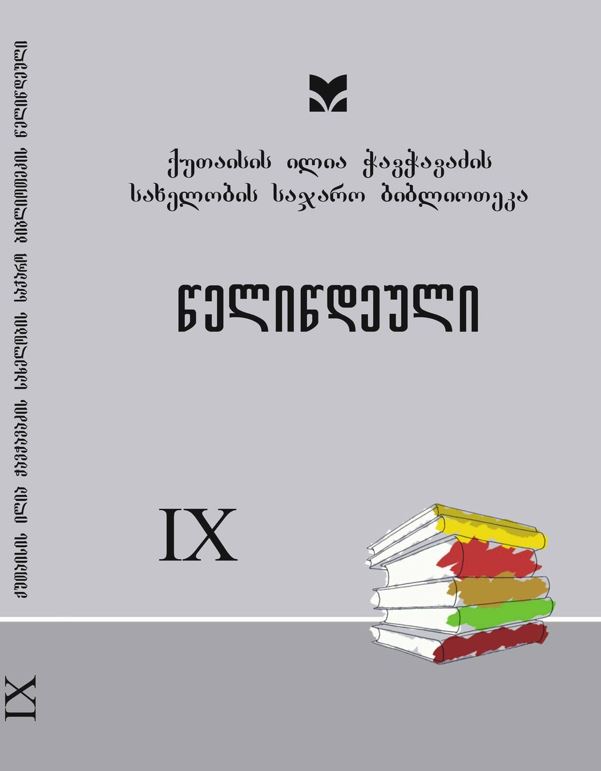Tendencies Of Linguistic Changes According To Epigraphic Monuments Of Svaneti (XI-XIII Centuries)
Abstract
Among the earliest Georgian epigraphic monuments that we have already acquired are the inscriptions of Svaneti, which have been searched and studied since 30s of the 19th century. In Georgian Lapidarium, unique epigraphic material is protected. Svaneti is rich with mural and hammered inscriptions, as well as with lapidary ones. The history of the country,the nation and the language, which is protected in epigraphic monuments are unique. Their study is important in a multilateral perspective, especially by – a linguistic aspect. The language of the inscriptions, svanisms, onomastikon gives the opportunity to make valuable conclusions for the history of Georgian spiritual and material culture. The best document of this is the opinion of Ekvtime Takaishvili about Svaneti’s cross-icons: “Nine-tenths of the crossimages are made in Svaneti itself. This is evidenced by the svanisms of the inscriptions, the surnames of the ones who ordered and the goldsmiths”.
One of the sections of the history of Georgian literary language still has to be studied – the language of XI-XIII centuries. Thus, it is necessary to study the linguistic changes of Svaneti epigraphic monuments of this period. The tendencies of linguistic changes are shown in the article on the basis of analysis of Svaneti inscriptions from given period.




